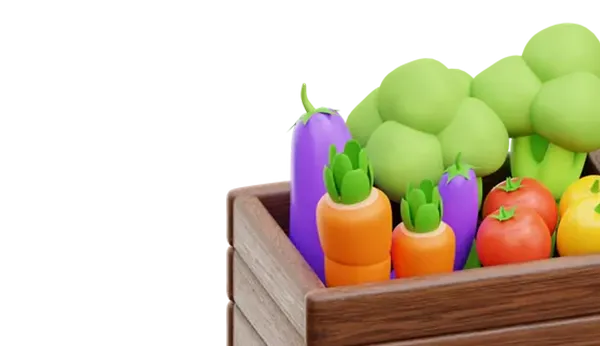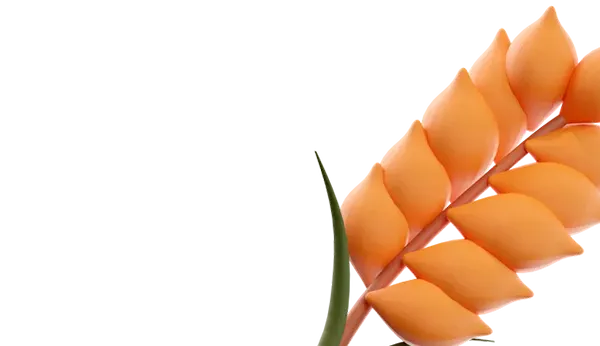Raspberry is a wonderful berry that we love to grow in our country house. To get amazing harvests of large and juicy berries, it is necessary to carry out certain caring procedures every spring.
Regardless of the planting method of raspberries, it is best to prune in two stages:
- First, remove weak shoots, crooked and old branches, as well as stems with thickenings at the base, where the larvae of the raspberry beetle are located. Also, reduce the number of shoots, leaving 6-8 stems for regular planting and 15-20 stems per running meter for ribbon planting. Excessive shoots will lead to a decrease in productivity and a reduction in berry size.
- The second pruning stage is carried out when the air temperature stabilizes at +5°C and above. At this time, the buds have already opened, and the tops of the shoots have started to grow, allowing you to assess the condition of the bush after winter. During this stage, remove faded shoots and dead tops.
Healthy raspberry shoots are pruned by removing the tops up to 20 cm, which leads to the formation of additional lateral shoots that will in turn bear fruit. Frost-damaged shoots should be pruned back to the first live bud.
Spring pruning of raspberries plays a key role in creating optimal conditions for a plentiful harvest and continuing plant fruiting. All trimmings after pruning should be burned.
In spring, raspberries need mandatory fertilization, especially if they are growing in poor soils. Fertilizers can be liquid solutions or solid granules.
It is important to fertilize the plant during watering and then mulch the soil with a layer of at least 5 cm.
Since raspberries are very sensitive to moisture, there is no strict watering schedule; watering should be done depending on the plant's condition and weather conditions.
It is particularly important to ensure frequent and sufficient watering during flowering and berry set formation, as lack of water leads to small, dry, and seedy berries. Watering should be done along the furrows, allowing water to penetrate the soil to a depth of 10-15 cm. Mulching is done after watering.
In the rows, loosen the soil to a depth of no more than 8-10 cm, remove weeds, water, and cover with a mulch layer up to 15 cm. For raspberry mulching, straw, compost, or manure can be used. Mulching helps retain moisture that quickly evaporates under the influence of spring sun and wind.
Organic mulch is an excellent source of nutrients for raspberry roots. It is not recommended to mulch wet soils with high groundwater levels; in this case, it is better to simply loosen the soil after fertilizing and watering.

 Trading platform
Trading platform 
 Monitoring
Monitoring  Express applications
Express applications 
 Fork Work
Fork Work 
 Service
Service  News
News  Directory
Directory 













